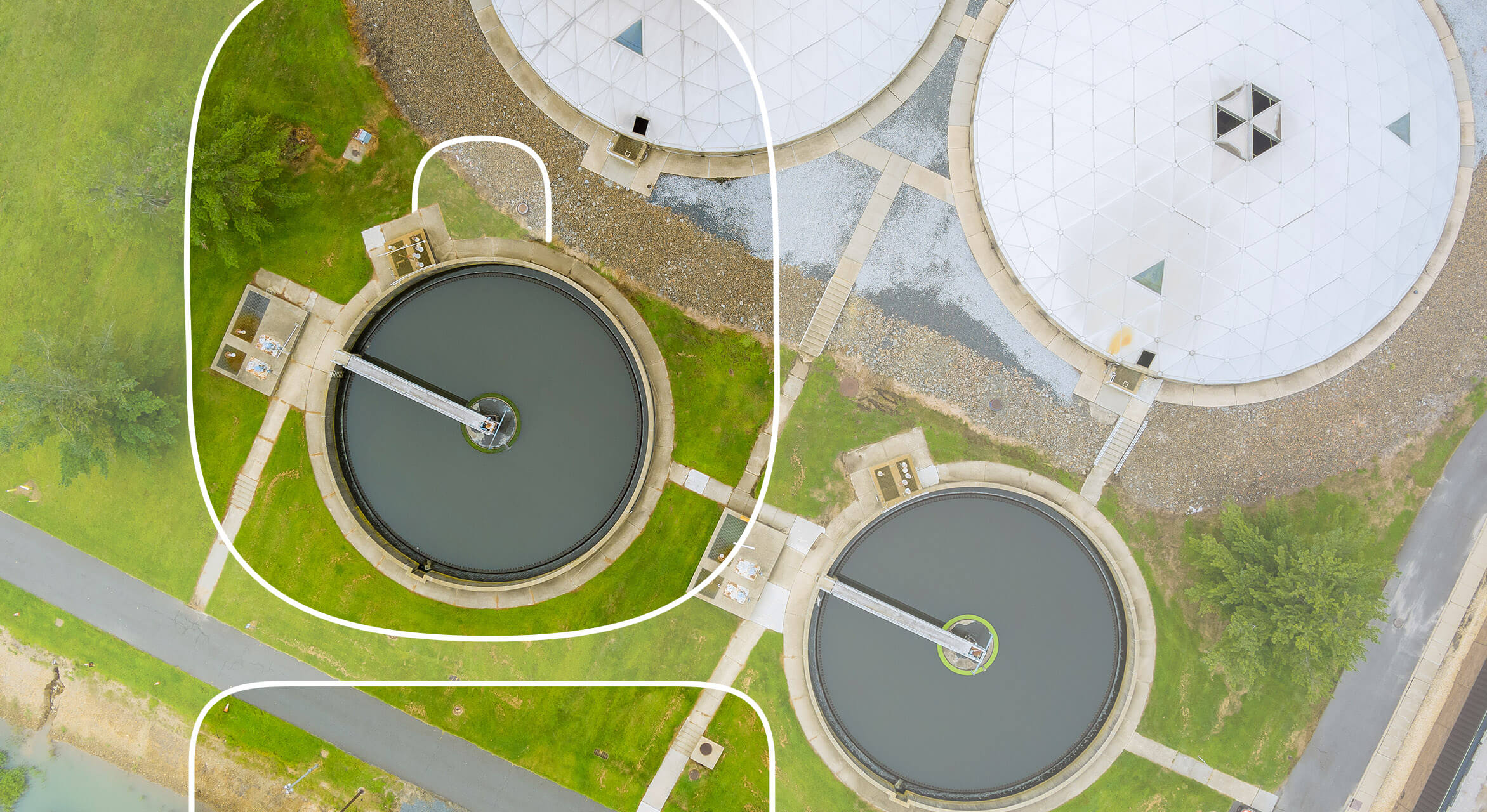Exploring Cutting-Edge Developments in Wastewater Technology
Exploring Cutting-Edge Developments in Wastewater Technology
Blog Article
Recognizing Wastewater Treatment Processes and Their Ecological Influence
The ins and outs of wastewater therapy procedures play a pivotal role in mitigating ecological obstacles linked with water air pollution. Each phase, from preliminary to advanced therapies, is made to resolve certain pollutants, eventually protecting both public health and marine ecological communities.
Review of Wastewater Therapy
Exactly how is wastewater transformed right into a risk-free resource for the environment? Wastewater therapy is an essential procedure created to eliminate contaminants from used water, therefore securing public health and wellness and safeguarding ecosystems. This procedure starts with the collection of wastewater from domestic, industrial, and commercial resources, which is after that routed to therapy centers.
At these centers, different physical, chemical, and biological techniques are employed to deal with the wastewater. Subsequently, organic treatments, such as turned on sludge processes, utilize microbes to break down organic issue.
The treated effluent can be safely discharged right into natural water bodies or reused for irrigation and commercial functions, promoting source preservation. Furthermore, the treatment procedure creates biosolids, which can be repurposed as plant foods or dirt modifications, additionally enhancing sustainability.
Phases of Treatment Procedures
The wastewater treatment process typically contains 3 primary phases: preliminary, primary, and second therapy. Each stage serves an unique function in minimizing the pollutant tons and ensuring the effluent meets ecological requirements prior to discharge.

The key therapy phase concentrates on the physical splitting up of put on hold solids from the wastewater. Via sedimentation, heavier particles work out at the end of sedimentation storage tanks, developing sludge, while lighter products, such as oils and greases, float to the surface and are skimmed off. This process substantially lowers the natural and not natural tons in the wastewater.
Second therapy is a biological process aimed at further decreasing the focus of natural matter. This stage is essential for accomplishing the required biochemical oxygen demand (BOD) decrease, inevitably leading to cleaner effluent prepared for discharge or additional treatment.

Advanced Treatment Technologies
Complying with the secondary therapy procedures, advanced therapy modern technologies play an important duty in additional enhancing the top quality of dealt with wastewater. These innovations are developed to eliminate residual contaminants that are not properly eliminated throughout key and additional treatments, ensuring the effluent satisfies stringent governing requirements.
Among the extensively used advanced therapy methods are membrane layer filtering, reverse osmosis, and advanced oxidation processes. Membrane layer purification, consisting this post of microfiltration and ultrafiltration, is efficient in dividing great bits, pathogens, and colloids from the water (Wastewater). Reverse osmosis makes use of semi-permeable membrane layers to eliminate liquified solids, leading to premium water suitable for various applications
Advanced oxidation processes (AOPs) use strong oxidants to degrade natural contaminants, including pharmaceuticals and personal treatment products that are immune to standard treatment. These methods boost the biodegradability of intricate compounds, facilitating their removal.
One more significant technology is the use of organic nutrient elimination processes, which particularly target nitrogen and phosphorus, stopping eutrophication in getting water bodies. On the whole, sophisticated treatment modern technologies are vital for accomplishing higher levels of purification, promoting water reuse, and safeguarding public health while dealing with the challenges related to wastewater management.
Ecological Advantages of Therapy
Many ecological benefits occur from effective wastewater therapy procedures that add to ecosystem health and wellness and sustainability. Mostly, these procedures dramatically reduce the launch of unsafe pollutants right into all-natural water bodies, which helps maintain aquatic communities. By getting rid of contaminants such as hefty steels, nutrients, and pathogens, treated wastewater reduces the danger of waterborne illness and promotes biodiversity in aquatic atmospheres.
Additionally, wastewater therapy centers commonly use sophisticated innovations that make it possible for water recycling and reuse. This method not only preserves freshwater resources however also reduces the demand on natural water products. Boosted nutrient removal from wastewater can also protect against eutrophication, a process that results in algal blooms and succeeding oxygen exhaustion in aquatic systems.
Furthermore, reliable therapy processes can minimize greenhouse gas exhausts, especially methane and nitrous oxide, which are often launched throughout without treatment wastewater decomposition. By capturing and making use of biogas from anaerobic digesters, facilities can transform waste right into sustainable energy, thus adding to a reduction in nonrenewable fuel source dependence.
Obstacles and Future Patterns
While the environmental benefits of wastewater therapy are clear, several challenges linger that prevent optimal end results in this area. One her comment is here significant problem is aging infrastructure, which frequently leads to inadequacies and boosted operational costs - Wastewater. Several therapy plants were developed years back, and their capacities do not line up with modern demands, that include more stringent governing requirements and greater volumes of wastewater due to urbanization

Looking in advance, there is an expanding emphasis on source healing and circular pop over to this site economic situation concepts within wastewater treatment. Innovations such as anaerobic food digestion, which can create biogas, and advanced filtering technologies are obtaining traction. These approaches not just enhance therapy efficiency yet likewise advertise sustainability.
Eventually, dealing with these obstacles needs collaboration amongst stakeholders, investment in modern technology, and a commitment to recurring research study. By embracing these patterns, the wastewater treatment market can develop to meet the needs of a changing atmosphere and society.
Final Thought
To conclude, wastewater therapy procedures play a crucial role in improving ecological high quality and public wellness. The multi-stage treatment structure, paired with sophisticated modern technologies, efficiently minimizes pollution and advertises sustainable water monitoring. By dealing with recurring contaminants and lessening nutrient drainage, these processes add to the conservation of aquatic ecosystems and the reduction of greenhouse gas exhausts. Continued innovations and adaptations in treatment techniques will certainly be necessary for overcoming emerging obstacles and ensuring the sustainability of natural resources (Wastewater).
Report this page